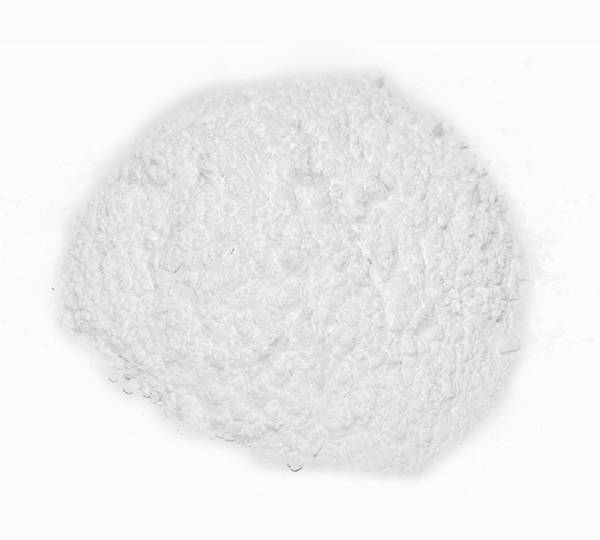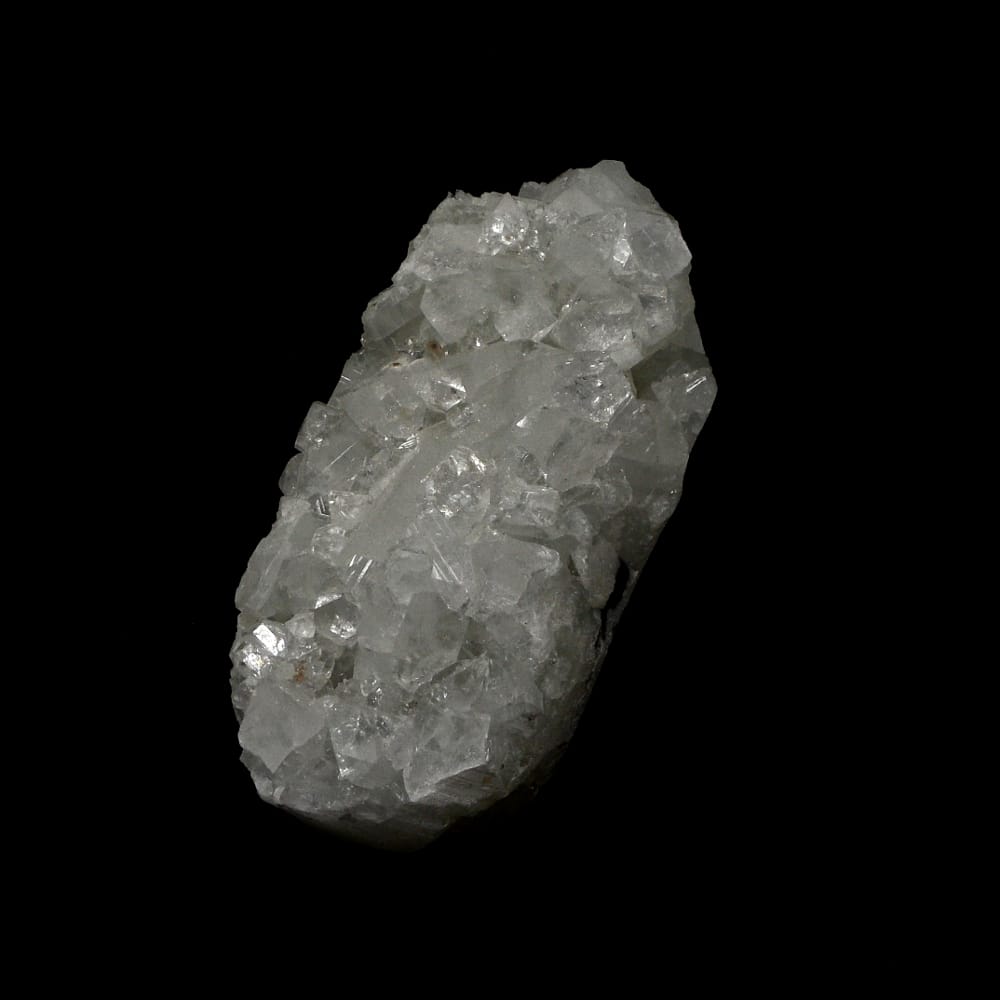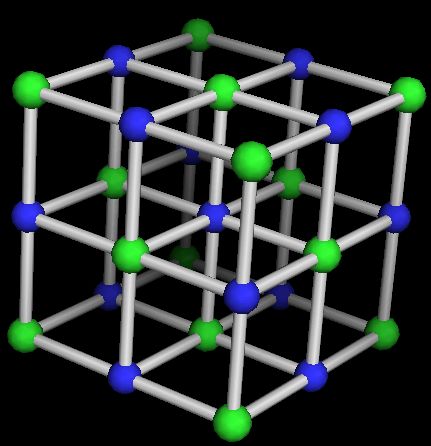
An old field test to determine if a rock sample contained zeolites was to see if a rock chip heated up when placed on the tongue. The name “zeolite” is derived from Greek words meaning “boiling stones” because the minerals frothed when heated to high temperatures. In 2013, world production of natural zeolite was estimated to be 2.7 million to 3.2 million metric tons, with China accounting for more than 70 percent of production. markets for natural zeolites are in animal feed, cement, odor-controlling materials, per litter, wastewater treatment and water-purification applications. production was 69,500 metric tons, and consumption was 68,300 metric tons. Conversely, stringent product specifications prevent the large-scale use of natural zeolites for most synthetic zeolite applications.įor more information on zeolites and other mineral resources, visit: /minerals/. The high cost of synthetic zeolites precludes their use for most natural zeolite applications. In the 1970s, synthetic zeolites began to replace phosphate compounds in laundry detergent powders. Researchers looking for new ways to increase the efficiency of petroleum refining in the 1950s used zeolites to catalytically break down large organic molecules into specific petroleum products. Globally, volcanic tuffs containing zeolites are used for high-tonnage applications such as dimension stone, lightweight aggregate, pozzolanic cement and general soil conditioners.Ī large market also exists for synthetic zeolites, first created in the 1930s. natural zeolite market, followed by pet litter applications.


In 2013, animal feed applications, in which it is used as a flow control agent, dominated the U.S. After 1995, sales of natural zeolites for pet litter began to decline. Use in pet litter quickly became the leading market for natural zeolites - accounting for more than 50 percent of usage from the 1960s through 1995 - because of the minerals' capacity to absorb moisture. When the materials' performance proved unsatisfactory, other markets were developed. began in the 1960s, with early efforts focusing on locating natural zeolites suitable for use in petroleum processing. Large-scale mining of natural zeolites in the U.S. Similar deposits were later found worldwide. and in altered volcanogenic marine tuffs in Italy and Japan.

In the 1950s and early 1960s, however, zeolites were found in abundance in large deposits of altered volcanic tuff in the western U.S.

The cations can readily substitute for one another, and water molecules may be gained or lost without any major changes to the basic zeolite crystal structure.įor many years, zeolite minerals were thought to be uncommon and found only in vugs and fissures in volcanic rock. Water molecules and cations, such as calcium, sodium, potassium and magnesium, occupy these interconnected channels and cages. Aluminum, silicon and oxygen atoms are arranged in a 3-D framework of channels and cages. Zeolites comprise a group of silicate minerals with very open crystalline structures that make them suitable for catalytic, ion exchange and molecular sieving applications. Chabazite is a common natural zeolite mineral.


 0 kommentar(er)
0 kommentar(er)
